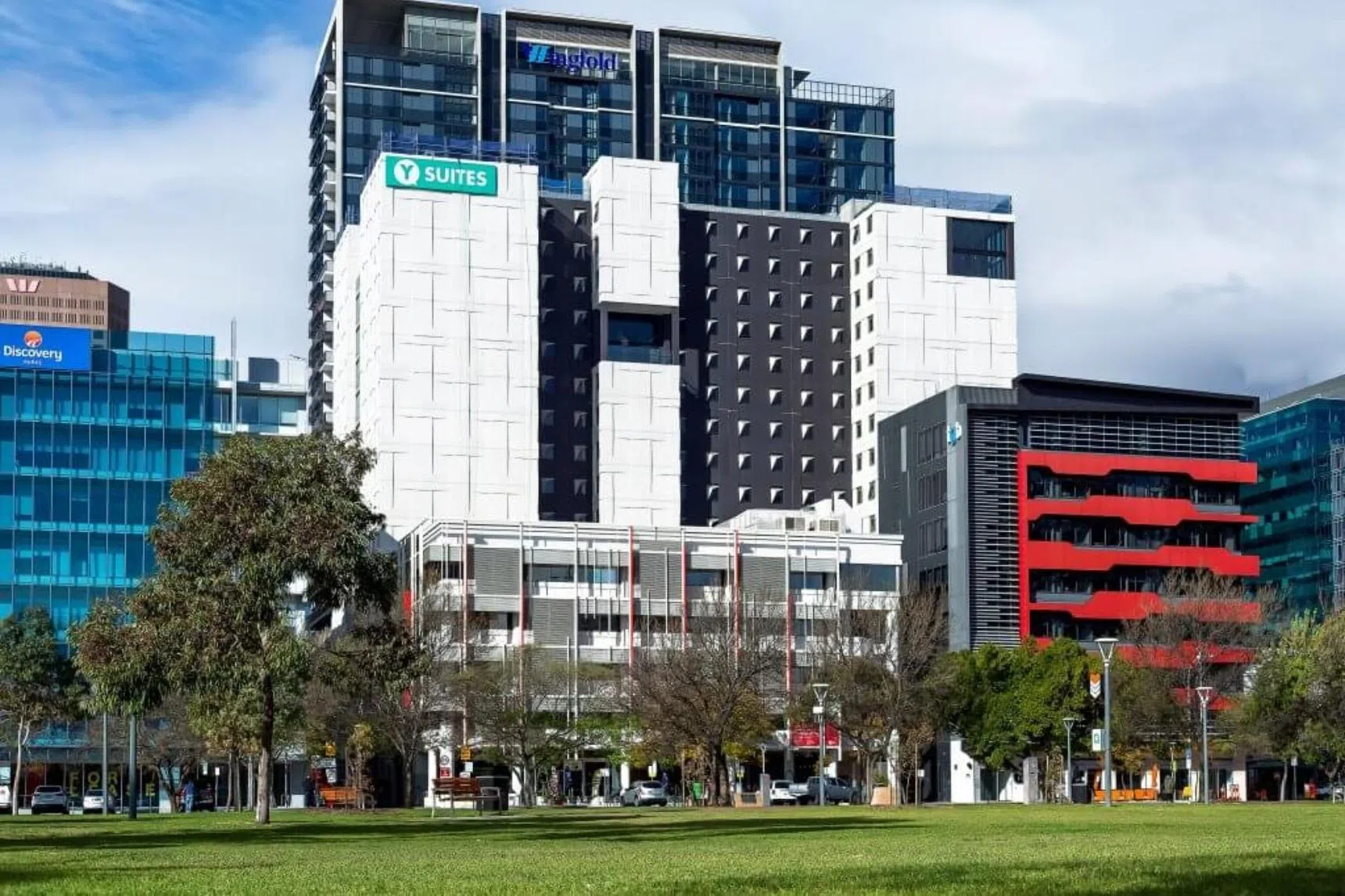The Bank of Canada (BOC) on Wednesday (Jun 5) trimmed its key policy rate by 25 basis points to 4.75 per cent, its first cut in four years, and said more easing was likely if inflation continued to ease.
After keeping interest rates at a more than two-decade high of 5 per cent for almost a year, the BOC said the indicators of underlying inflation looked increasingly positive.
“With further and more sustained evidence underlying inflation is easing, monetary policy no longer needs to be as restrictive,” governor Tiff Macklem said in his opening remarks after the announcement.
The BOC joins Sweden’s Riksbank and the Swiss National Bank in bringing down rates that have burdened households and businesses alike, and muted economic growth amid easing price pressures.
The European Central Bank (ECB) is most likely to follow suit on Thursday, financial markets foresee.
Inflation in Canada has slowed this year to hit a three-year low of 2.7 per cent in April. While inflation has stayed below 3 per cent for four months in a row, it is still higher than the Bank’s 2 per cent target.
GET BT IN YOUR INBOX DAILY
Start and end each day with the latest news stories and analyses delivered straight to your inbox.
“If inflation continues to ease, and our confidence that inflation is headed sustainably to the 2 per cent target continues to increase, it is reasonable to expect further cuts to our policy interest rate,” Macklem said in an indication of what future reductions could look like.
“But we are taking our interest rate decisions one meeting at a time,” he added.
Macklem, who has repeatedly cautioned Canadians that rates will not fall as fast as they rose, said further progress in combating inflation was likely to be uneven and risks remained.
The next rate announcement is due on July 24, when the bank will also release it latest quarterly forecasts.
Economic growth in the first quarter was slower than expected at 1.7 per cent, helping boost market anticipation of a rate cut to close to 78 per cent by early Wednesday
Macklem said the economy was operating in excess supply, leaving room for growth even as the overall inflation rate continued to drop.
He reiterated that the bank would remain focused on demand and supply mismatch, inflation expectations, wage growth and corporate pricing behaviour. REUTERS







